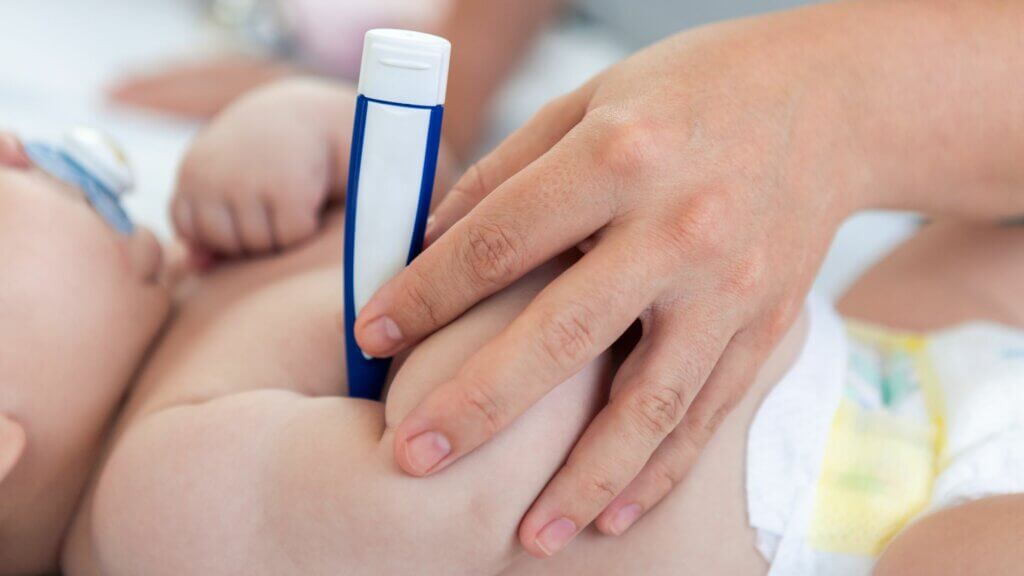Fevers can be a worrying sign for any parent. They often signal that your child’s body is fighting off some form of infection. However, not every fever is a cause for alarm. Understanding when to worry and what steps you can take at home can help you navigate these stressful situations with more confidence. Let’s explore a few things you should know about managing fever in children.
Understanding Fever
Fever occurs when one’s body temperature is higher than the normal range. For children, a normal temperature is about 98.6°F (37°C) but can vary slightly. A fever is technically a body temperature of 100.4°F (38°C) or higher.
When to Visit the Doctor
While many instances of fever can be managed at home, there are certain situations where it’s important to call your pediatrician:
- Infants Under 3 Months: If your baby is less than 3 months old and has a fever of 100.4°F (38°C) or higher.
- Persistent Fever: If the fever lasts more than 3 days in children of any age.
- High Fever: Temperatures of 104°F (40°C) or higher that don’t come down with treatment.
- Other Symptoms: Difficulty breathing, severe headache, stiff neck, persistent vomiting, or signs of dehydration (such as no tears when crying, a dry mouth, or less frequent urination).
- Behavior Changes: If they seem unusually irritable, lethargic, or uncomfortable.
- If you’re worried: If you are worried about your child and not sure if you should take them to the doctor’s office, contacting your pediatrician for advice can help give you peace of mind.

Practical Steps to Take at Home
Most fevers are a sign that your child’s immune system is working as it should, fighting off infections. If your child’s pediatrician tells you to monitor their mild fever (less than 102°F) at home, there are a few things you can do to lower their temperature and lessen your child’s symptoms.
Fever Reducers
Over-the-counter medications like acetaminophen (Tylenol) or ibuprofen (Advil, Motrin) can be used to reduce a fever. It’s essential to get the correct type of medication for children and follow the dosing instructions based on your child’s age and weight. Never give aspirin to children or teenagers. Always follow the pediatrician’s recommendation when giving your child medication.
Rest
Make sure your child gets plenty of rest to help their body fight off the infection.
Lukewarm Baths
A lukewarm bath can be a soothing way to help lower your child’s temperature. It might be tempting to offer a cold bath if your child is too hot, but these can actually raise their internal temperature.
Hydration
Make sure your child is drinking plenty of liquids to help them stay hydrated. Creative hydration options other than water can include juice, electrolyte-filled drinks like Pedialyte ®, or soup broth.
Monitoring
Keep a close eye on your child’s fever and overall condition. A digital thermometer can provide accurate readings.
Prevention Tips
Keeping your child up to date with vaccinations can help prevent illnesses that cause fever. Teaching good hygiene practices, like regular handwashing, can also reduce the risk of infections.
Fever in children can be a sign that their body is fighting an infection, and in many cases, it can be managed at home. However, understanding when to seek medical advice is important. By knowing what to look out for and how to care for your child, you can help them recover more comfortably and potentially prevent complications.
This article is meant for informational purposes only. If you have questions or would like further information, contact your child’s pediatrician.